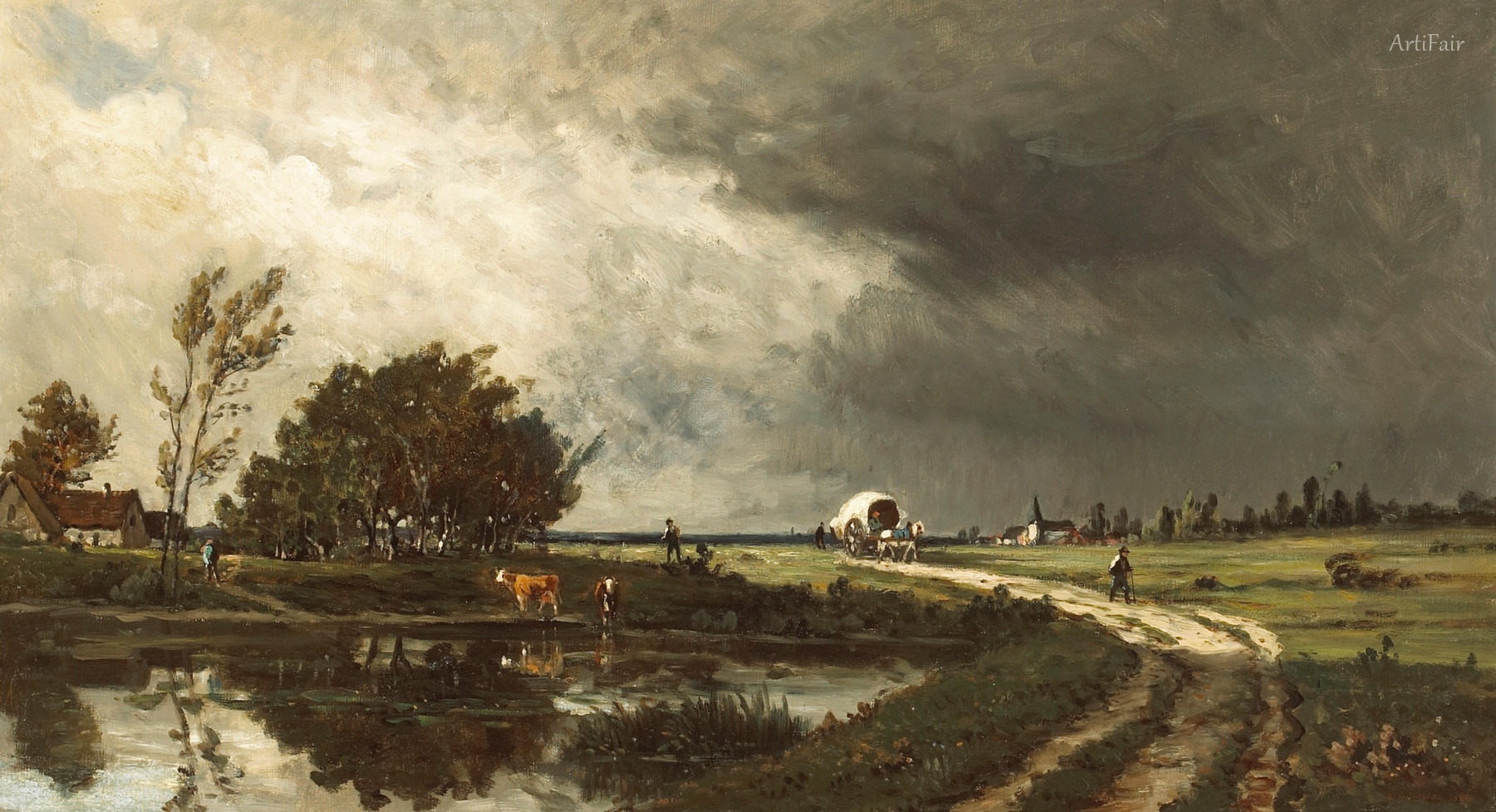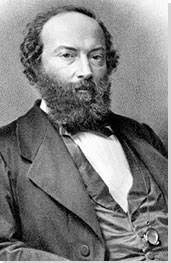

Théodore Rousseau
FR
139
Artworks
1812 - 1867
Lifespan
Artist Biography
Étienne Pierre Théodore Rousseau, born in Paris on April 15, 1812, was a pivotal figure in 19th-century French art and the undisputed leader of the Barbizon School of landscape painters. The son of a tailor, Rousseau discovered his artistic calling at the age of 14 during a trip to the Jura region, where the raw beauty of the landscape ignited a lifelong passion. Though he received formal training from Neoclassical painters like Joseph Rémond, he quickly grew dissatisfied with the rigid academic traditions. Inspired by the naturalism of 17th-century Dutch masters and the atmospheric works of English contemporaries like John Constable, Rousseau resolved to paint directly from nature. This practice of painting *en plein air* was revolutionary at the time, establishing his commitment to depicting nature not as an idealized backdrop for historical narratives, but as a powerful, dynamic subject in its own right.
Rousseau’s early career was a tumultuous journey of fleeting acceptance and profound rejection. He first exhibited at the prestigious Paris Salon in 1831, gaining some early acclaim. However, his break from convention proved too radical for the conservative jury. In 1836, his ambitious canvas, *Descent of the Cattle*, was refused, marking the beginning of a seven-year exile from the Salon, during which every one of his submissions was rejected. This persistent censure earned him the moniker 'le grand refusé' (the great rejected one). Despite being barred from official exhibitions, his reputation paradoxically grew within progressive circles. Championed by influential critics and fellow artists, Rousseau became a symbol of artistic integrity and defiance against the outdated academic system, his work admired for its originality and emotional depth.
Undeterred by official rejection, Rousseau sought refuge and inspiration in the French countryside. He first visited the Forest of Fontainebleau in 1833 and, by the 1840s, had settled in the nearby village of Barbizon. There, he became the central figure of an informal group of artists who shared his artistic philosophy, including Jean-François Millet, Jules Dupré, and Narcisse-Virgile Diaz de la Peña. This collective, which became known as the Barbizon School, abandoned the studio in favor of direct observation of nature. Rousseau's paintings from this period, such as *Under the Birches, Evening*, capture the tranquil yet untamed spirit of the forest. He portrayed trees with an almost human-like character, his canvases imbued with a distinctively melancholic and pensive mood that became his signature.
Rousseau’s artistic style was defined by its innovative technique and profound emotional resonance. He reacted against the calm, idealized landscapes of Neoclassicism, instead portraying nature as a wild and untamed force. His use of small, highly textured brushstrokes and his practice of building up layers of paint to create rich, palpable surfaces were groundbreaking, presaging the techniques of the Impressionists. Critics sometimes deemed his work 'unfinished,' yet this effect was a deliberate choice to remain true to his immediate sensory experience of the landscape. By blending objective, empirical observation with his own subjective emotional response, Rousseau elevated landscape painting from a minor genre to a powerful medium for personal expression.
The Revolution of 1848 finally brought a shift in the art world's climate, leading to Rousseau's long-overdue official recognition. He was awarded a first-class medal at the Salon of 1849 and the Cross of the Legion of Honor in 1852. His work was celebrated at the Exposition Universelle of 1855, securing his reputation as a master. Beyond his art, Rousseau was also a pioneering environmentalist, successfully petitioning Emperor Napoléon III to create a protected reserve in the Forest of Fontainebleau. His later years were marked by personal hardships and declining health. After suffering a stroke, he died in Barbizon on December 22, 1867, attended by his close friend Millet. Rousseau's legacy is immense; he not only liberated landscape painting but also paved the way for modernism, leaving an indelible mark on the course of art history.